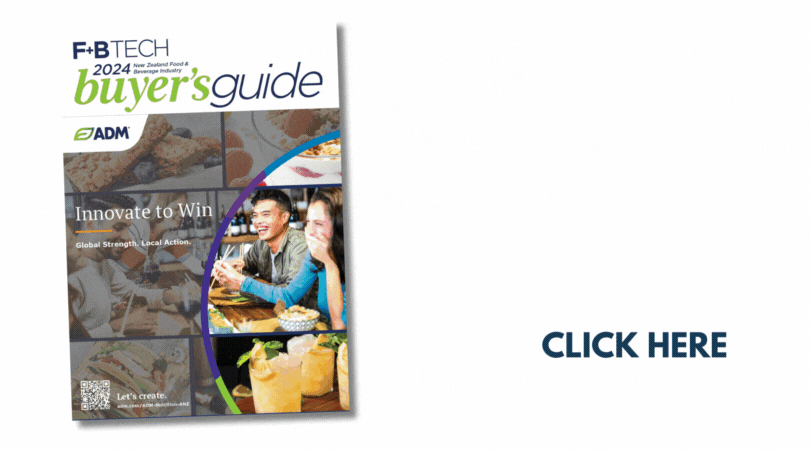As plant-based products continue to improve and new technologies like the fermentation of dairy proteins gain traction, traditional dairy players are likely to face market disruption. So, how should they respond?
With the global volume of cow’s milk increasing from just under 500MT millions in 2015 to more than 520MT million in 2019, the dairy market is growing, and traditional dairy has seen a shift, particularly in western markets, from low priced products like fresh milk towards higher-value products like cheese.
This upward trajectory, however, masks some challenges that traditional dairy makers will have to grapple with. These challenges include commercial challenges around structurally low margins, commodity price volatility and dairy farm consolidation. The sector will also have to respond to consumption-based challenges, such as the move to plant-based and fermented alternatives.
The influx of innovation and future disruption that alternative dairy products will bring requires traditional players to respond.
According to Gerrit Suhlmann, managing partner at strategy boutique Bright Green Partners, there are options for traditional dairy companies. One option that is being followed by many dairy players today is to invest in start-ups, but this is more ‘portfolio hedging’ than ‘true transformation’.
There are two other responses that Suhlmann sees dynamic potential in: build a separate plant-based business unit or transform the core of your business.
“We now face the historic transformation of the dairy industry. In the dairy industry never before have there been plant-based alternatives and especially fermentation-based alternatives about to enter this market and capture significant market share,” noted Suhlmann.
“As a leader one has to be ready to make bold decisions to reach ambitious goals.”
Suhlmann has identified the core capabilities that businesses need to develop to win in the alternative dairy space.
The main factor to future success, especially given the developments in fermentation, is understanding emerging technologies. Technology can be leveraged by focusing on high-potential R&D and defendable IP.
Production and distribution form the second capability needed to stand out in alternative dairy, and it is here that traditional dairy players may hold the upper hand.
“A lot of conventional dairy companies have a great distribution network and are well-positioned to play in this field. They also have a good knowledge of product quality while reducing cost at the same time,” Suhlmann explained.
Finally, branding is key. Suhlmann has questioned the wisdom of some conventional dairy players who are launching vegan alternatives under their existing brands. Alternative dairy brands need to be built with a consistent storyline and consistent imagery that convinces the consumer that the company is dedicated to healthy, sustainable products.






